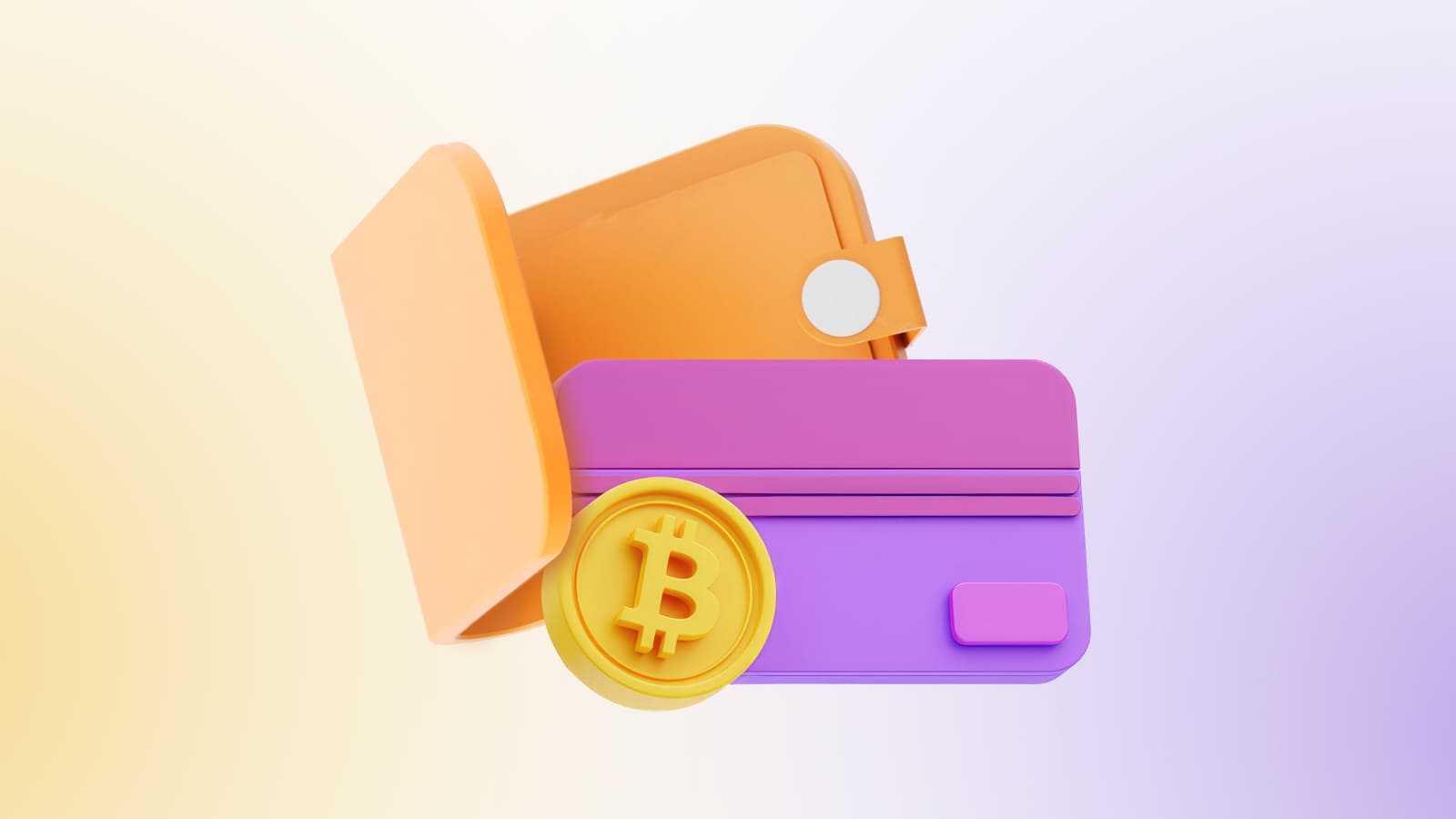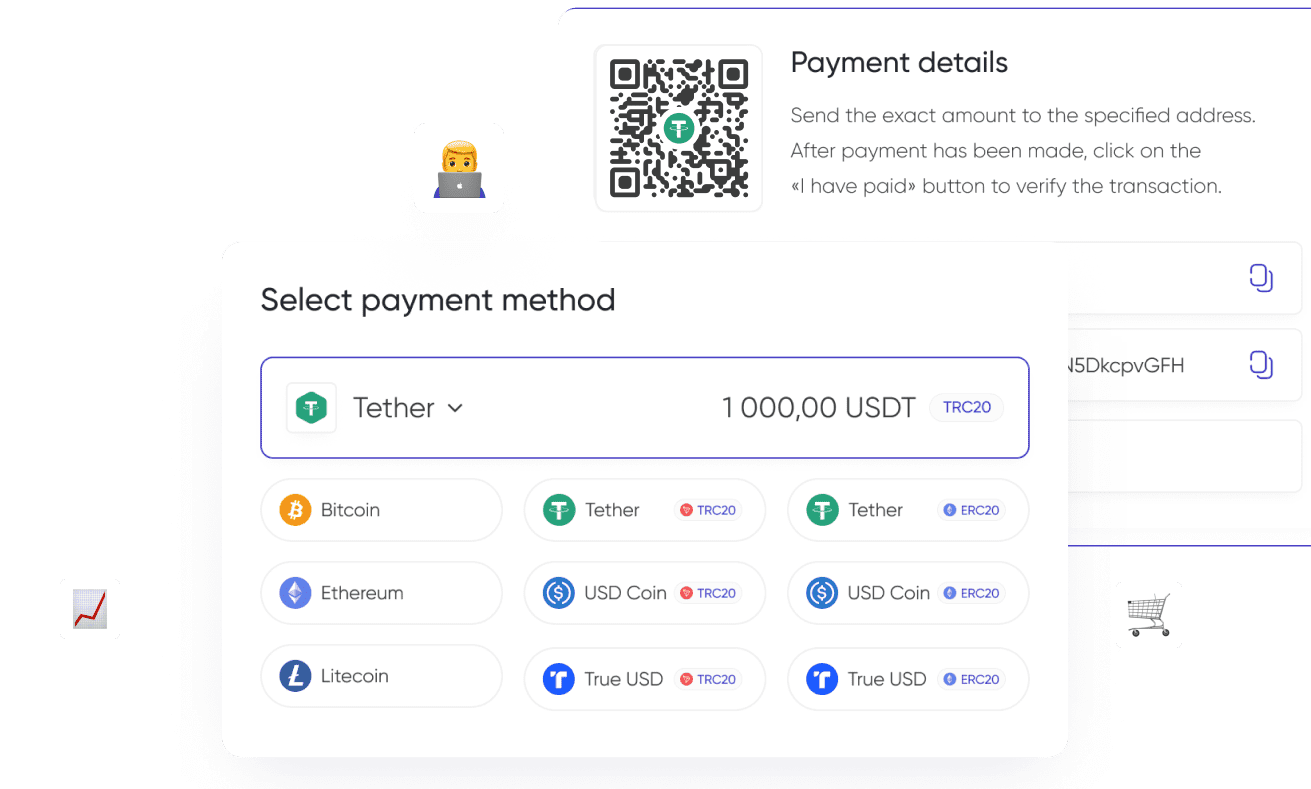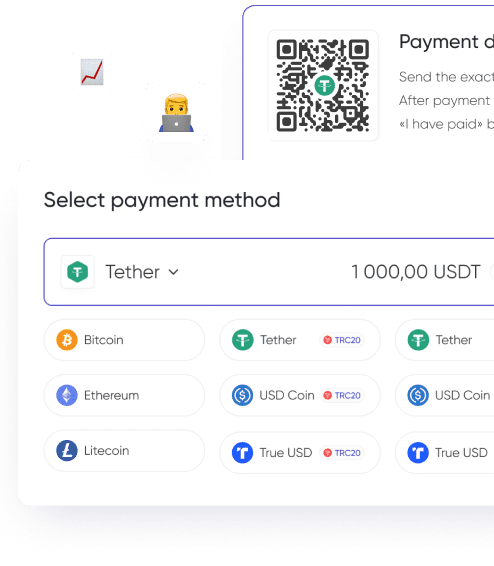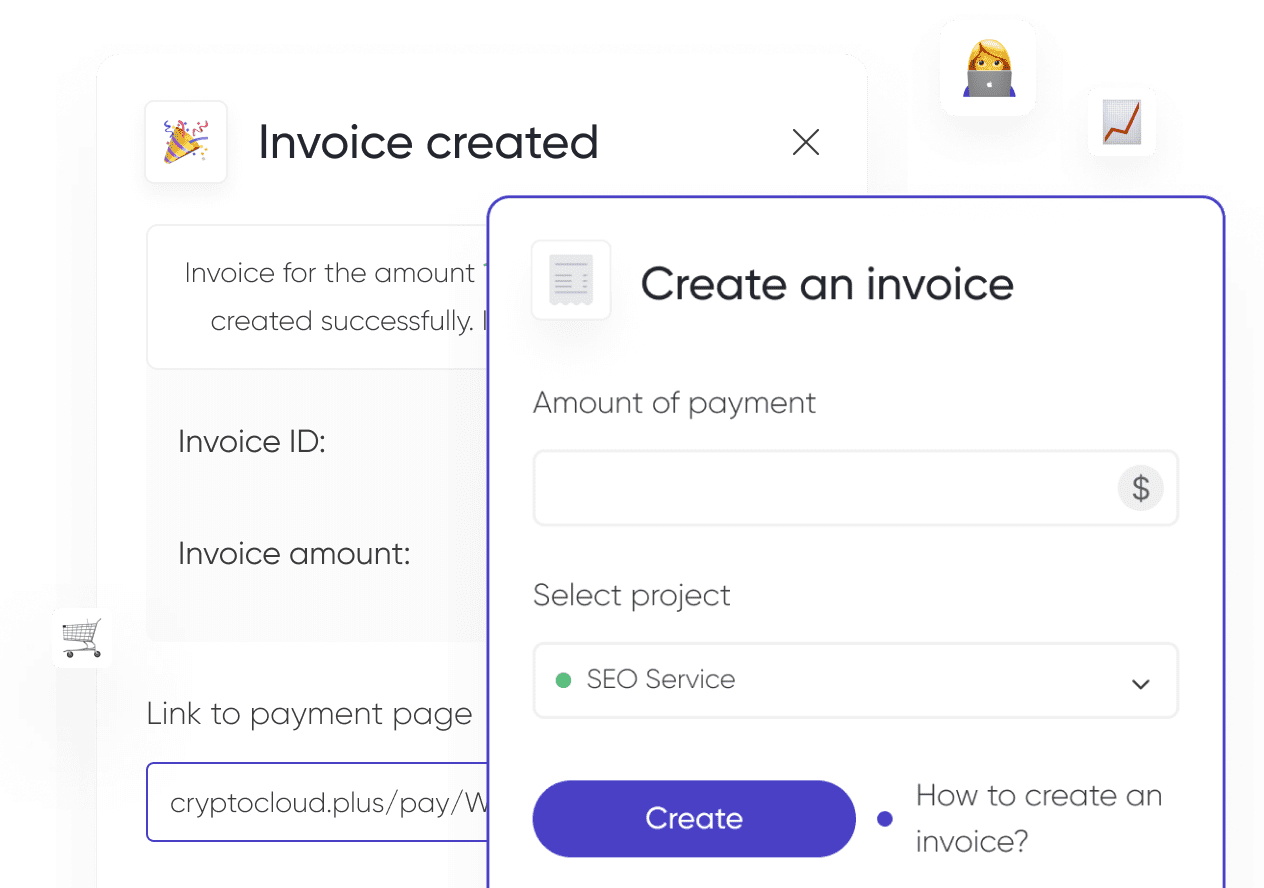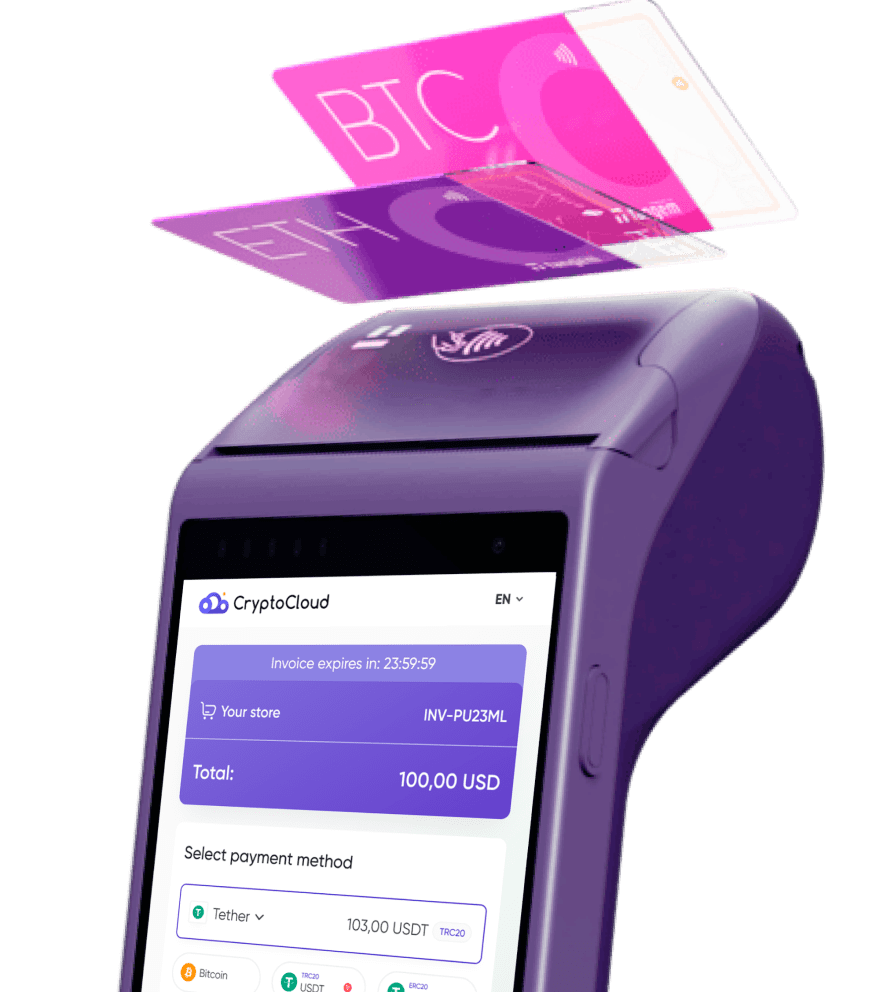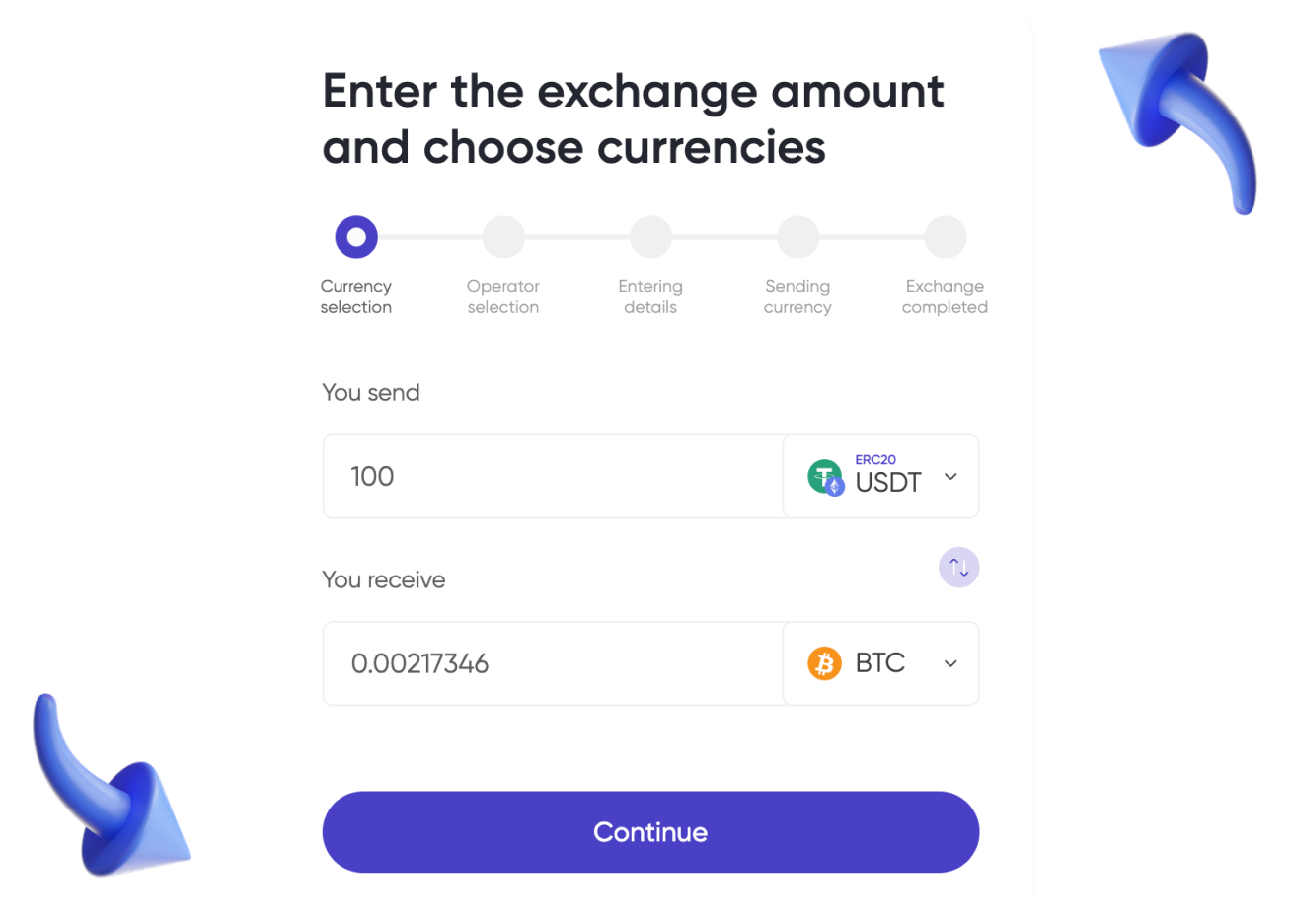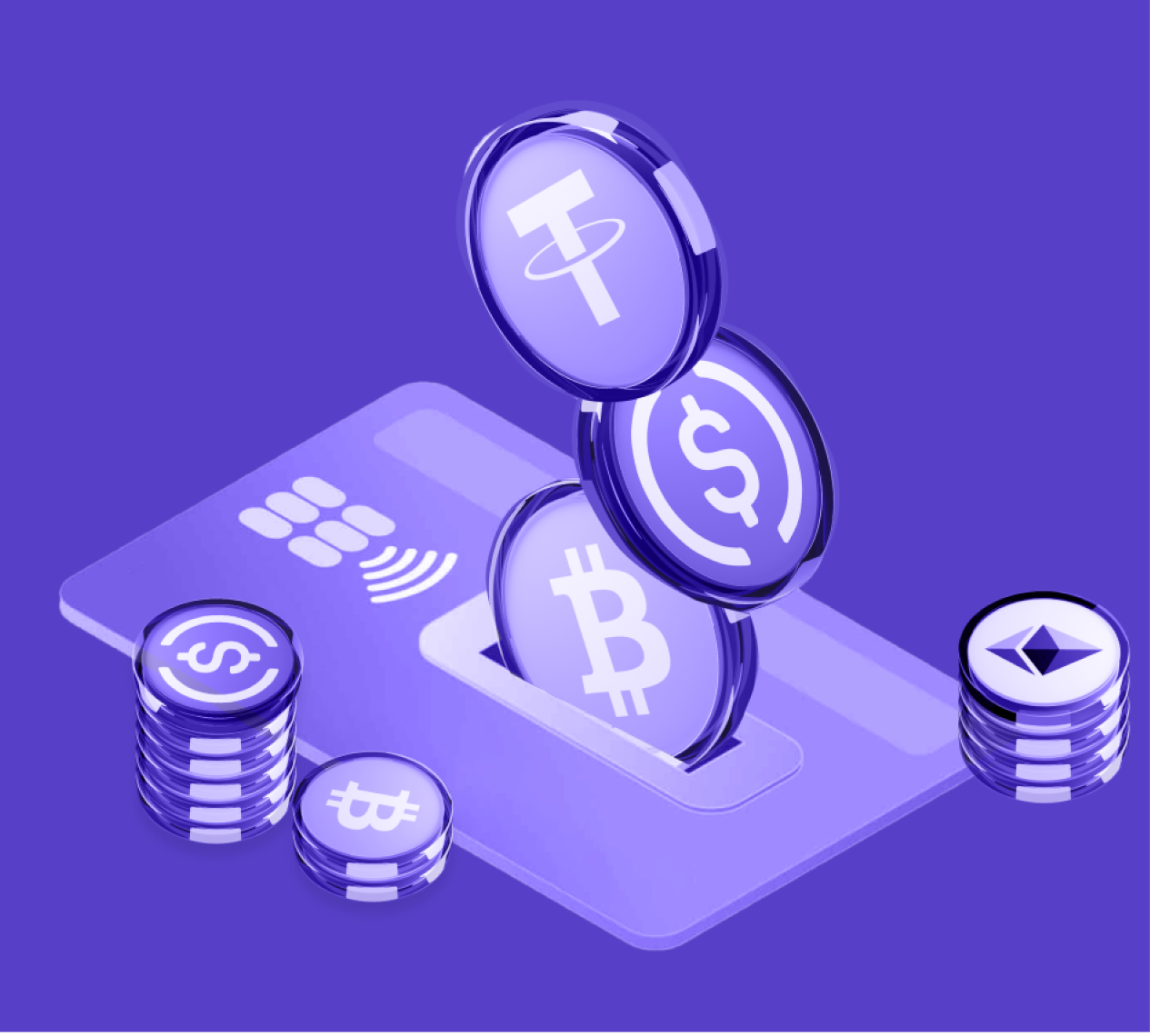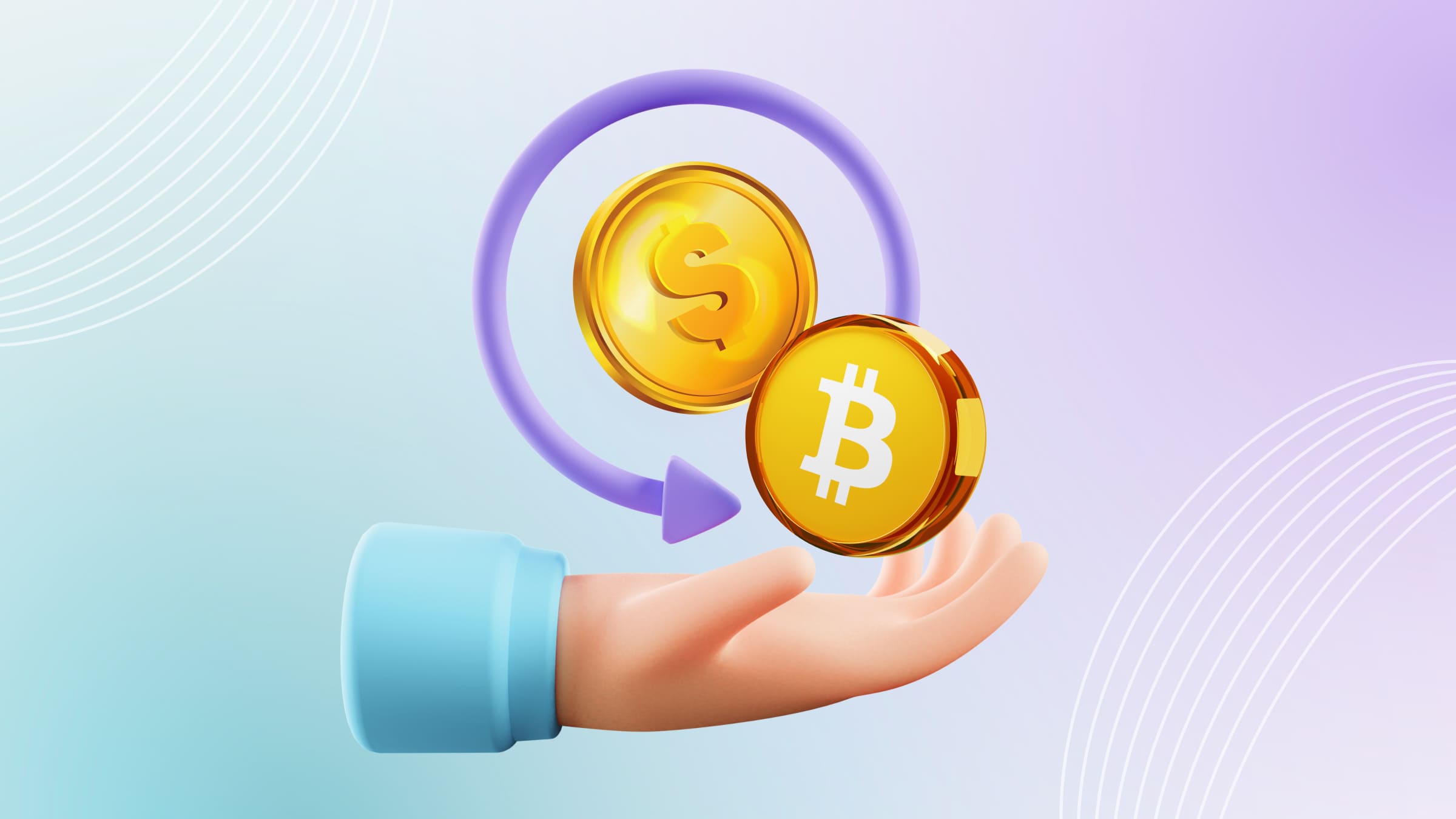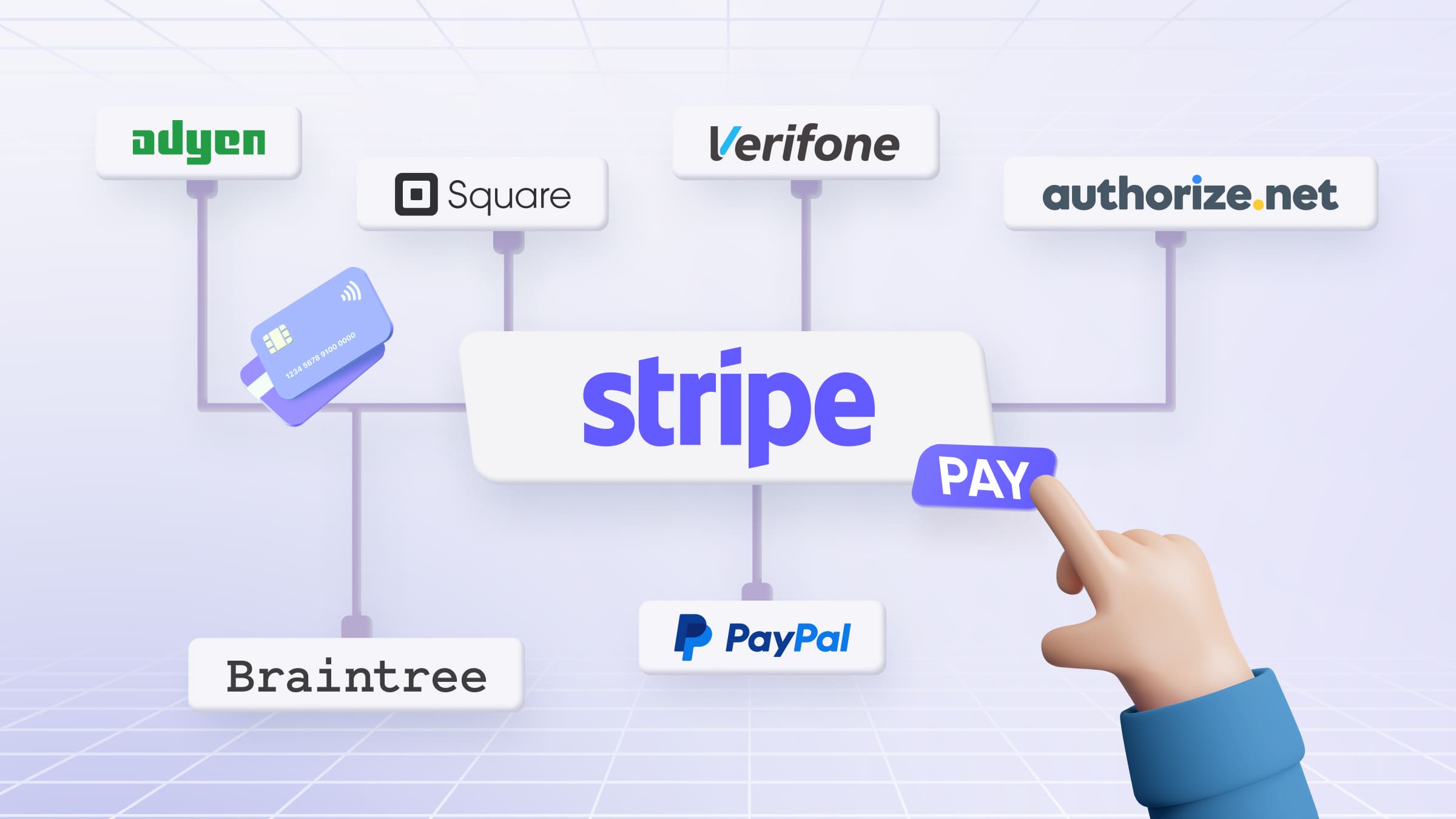Cryptocurrency gradually takes its place in the everyday world — and cryptocurrencies based on Visa and Mastercard are helping to speed up this process. With their help, cryptocurrency payments can be performed almost anywhere, including in ordinary stores, cafes and restaurants.
We will explain the work principles and types of cryptocurrency cards, their advantages and disadvantages, as well as the best cryptocurrency cards on the market.
What is a Cryptocurrency Card
A cryptocurrency card is an analogue of a traditional debit or credit bank card. Its use allows you to make transactions in digital currency instead of fiat money. When making a payment, funds are withdrawn from the owner's linked crypto account. At the same time, the other party to the transaction receives fiat on its account: conversion is automatic.
The use of cryptocurrency bank cards allows you to pay with virtual assets in everyday life, for example, in a store or cafe. The list of available goods and services depends on the provider. Now cryptocurrencies are issued by such giants as Visa and Mastercard.

Types of Crypto Cards
Users can issue a crypto card of several types: debit, credit, prepaid. Let's take a closer look at what features each of them offers.
Debit
It works like fiat debit cards: it is connected to an account, from which money is automatically withdrawn when a transaction is made. While the source of funds when paying with fiat is the bank account, with a crypto card the funds are debited from the cryptocurrency wallet. Such cards are issued by many major cryptocurrency platforms.
Credit
Such crypto cards are regular credit cards with bonuses for purchases. The user can spend money within the available limit, the size of which depends on the provider and the terms of cooperation with him. Repayment of the debt is carried out in fiat. Cryptocurrency is used as collateral.
For the use of such a card, bonuses are accrued in cryptocurrency. Thus, the user receives a reward, which due to the volatility of cryptocurrency can significantly increase in value.

Although this type of card was introduced to users relatively recently, it has quickly become popular. Visa customers' total transaction volume for credit cryptocurrency cards exceeded $2.5 billion in the first quarter of 2022.
Prepaid
A prepaid cryptocurrency card is not tied to any account. Top-ups are made in cryptocurrency. The main advantage of this type is a simple processing procedure: a minimum of personal data is required from the client. Because of this, prepaid cards, as a rule, have certain limits.
What Virtual Cryptocurrency Cards Are Needed For?
More than 13 million Americans owned cryptocurrency cards at the beginning of 2022, and this number continues to increase. The main reason cryptocurrency cards are popular in 2023 is convenience.
Those who receive their paychecks in «digital money» or are engaged in mining no longer need to exchange currency for fiat and wait for a withdrawal to a bank account: household goods and services can be paid for with cryptocurrency. Also, many cryptocurrencies allow you to withdraw cash from an ATM, including in local currency, which is convenient for travelers.
Credit crypto cards give you the opportunity to save your money during a period of cryptocurrency depreciation. The client can pay with fiat currency secured by crypto assets and replenish the account when the rate stabilizes. This avoids the unprofitable sale of digital currency.
Finally, crypto cards with cashback is an opportunity to earn money due to the growth of the exchange rate.

Cryptocurrency Card Payment Process
Payment with a cryptocurrency card is carried out as follows:
- The user initiates a transaction, for example, paying a bill at a cafe or store.
- The system that holds the crypto card converts the cryptocurrency to fiat at the current exchange rate.
- The payment is processed like a fiat transaction. The whole process takes a few seconds.
If necessary, the user can convert the currency manually. To do this, they transfer the necessary amount of cryptocurrency into fiat through the built-in service.
We also recommend reading the article: «How to pay for purchases with cryptocurrencies».
Choosing a Cryptocurrency Card: What to Pay Attention to
When choosing a cryptocurrency card, we recommend taking into account the following criteria:
- Reliability of the issuer. To avoid loss of funds, it is important to make sure that the company's history has not had litigation with users and major fraudulent attacks.
- The size of commissions. The fee is charged for currency conversion and transaction processing. Some issuers have a separate processing/service fee or other additional fees.
- Number of currencies. The list of supported currencies is determined by the issuer. Check if it offers a convenient option for you.
- Methods of conversion. If there is no automatic conversion function, the user has to perform this operation manually. This is not always convenient, as you need to regularly check the balance of fiat funds on the card.
- Limit on transactions. Most cryptocurrencies allow you to use a certain amount of funds for transfers, withdrawals and payments. Prepaid card holders face the most severe restrictions.

Popular Crypto Cards
Binance Card
The Binance Card is a debit card of the cryptocurrency exchange Binance, which can be used to pay anywhere Visa is supported. It has integration with Google Pay and Samsung Pay.
The card supports 15 cryptocurrencies. There is a cashback of up to 8% when paying in BNB and euros. Issuing a physical card is free, there is a 2% fee for transactions and cash withdrawals (except euros) outside of Europe. No fee is charged for opening a virtual Binance cryptocurrency card.
Bybit Card
A Mastercard debit cryptocurrency card that is linked to a Bybit account. Available in the UK and European Economic Area countries. Bybit Card supports two fiat currencies (EUR, GBP) and five cryptocurrencies (BTC, ETH, XRP, USDT and USDC).
The virtual cryptocurrency card can be issued for free. A physical one costs 5 EUR/GBP/USDT. There is a commission for exchange (0.5%) and cryptocurrency conversion (0.9%). Loyalty programs and VIP-tariff with additional bonuses are available.
Coinbase Card
Coinbase Card is a Visa debit cryptocurrency card. Available to get a loan secured by cryptocurrency. It is linked to the account of the crypto exchange Coinbase. Card is available in the US and most of Europe.
You can get both physical and virtual cryptocurrency cards for free. Cryptocurrency bonuses are credited for its use. There is a convenient application for account management.

Crypto.com Visa Card
Prepaid card issued by Crypto.com. Fees and restrictions vary depending on the country. There are several levels with different privileges: from bonuses paid in CRO, to subscriptions to online services and access to airport lounge areas.
BitPay crypto debit card
The prepaid card from BitPay supports 15 cryptocurrencies and tokens. It can be funded through a BitPay wallet or from a Coinbase account.
As of July 2023, applications are on hold, but you can get on a waiting list. Only US citizens can get it.
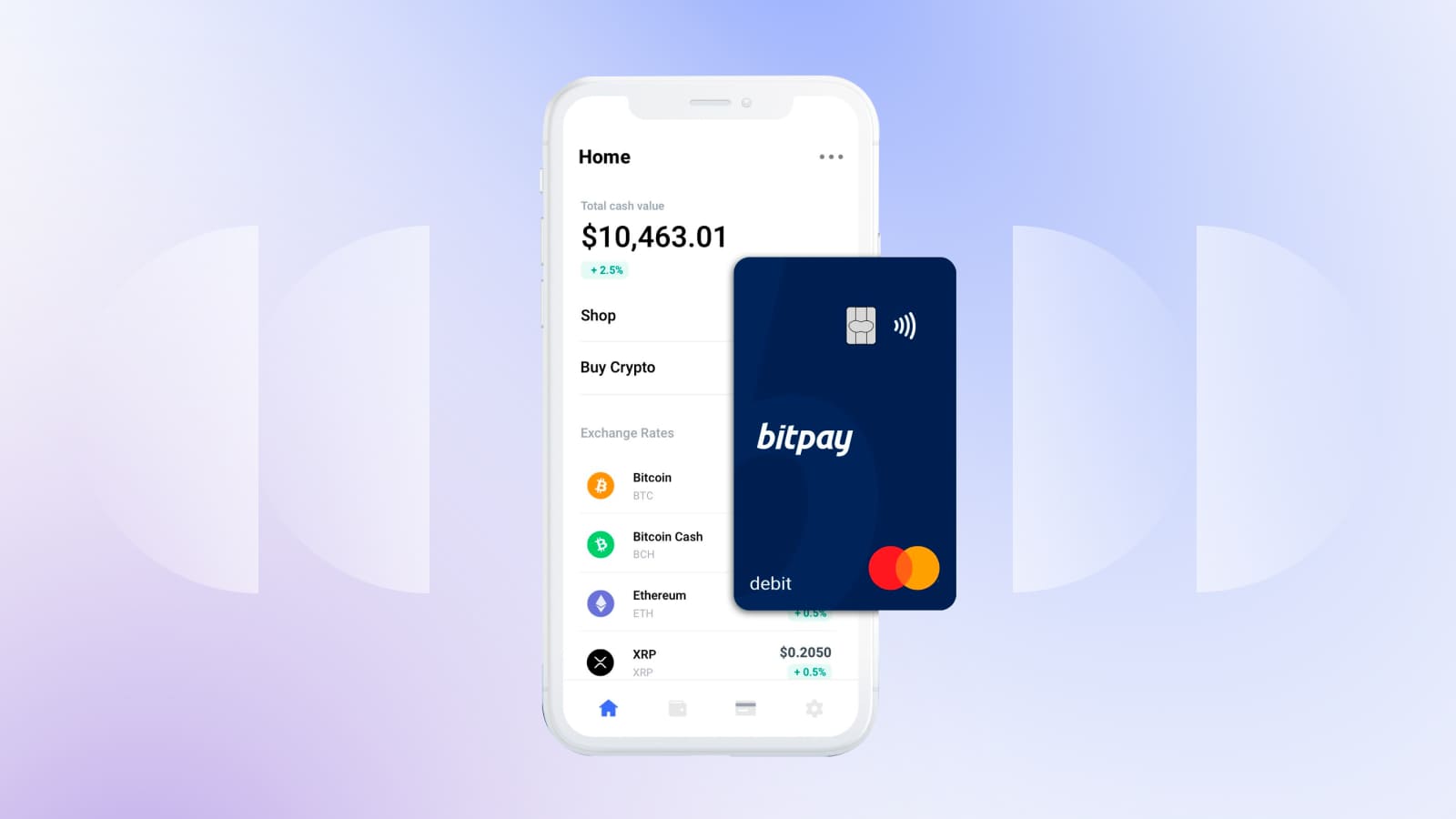
Risks of Using Cryptocurrencies
When using cryptocurrencies, holders face the same risks and drawbacks as with cryptocurrency wallets and exchanges:
- Complicated verification. It will be necessary to present the documents and statements requested by the platform, and in some cases to take a passport photo.
- Volatility. The fiat balance on the account changes depending on the current cryptocurrency exchange rate.
- Legislative restrictions on the use of cryptocurrency, including limits on deposits, withdrawals, etc.
- Lack of fast tech support. Cryptocurrency platforms usually do not have physical offices that can be contacted to solve a problem.
- Unilateral changes in terms of service by the platform. The cryptocurrency market is still in its formative stages and company policies can change quite quickly.

Is It Worth Getting a Cryptocurrency Card
Crypto cards are a convenient tool for crypto owners who want to use digital currency in everyday life. When making a payment, the cryptocurrency on the owner's wallet is automatically converted to fiat, allowing payments to be made anywhere.
With Visa and Mastercard issuing crypto cards, it is possible to use this payment method all over the world, from online services to convenience stores. Before applying for a cryptocurrency bank card, we recommend reading the service's user agreement and reviews.

